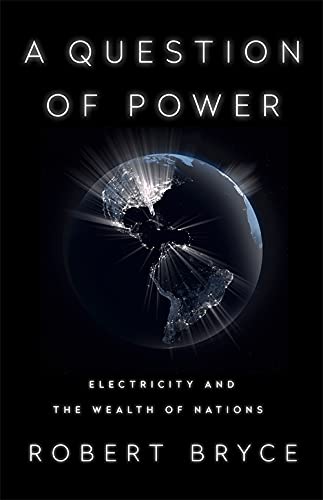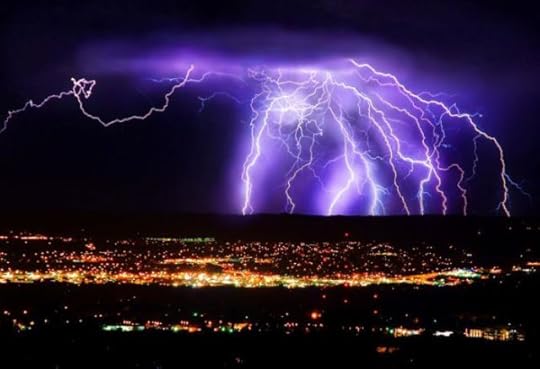What do you think?
Rate this book


352 pages, Paperback
Published April 16, 2020

COST. Renewable energy sources are far more expensive than traditional fossil fuel energy sources. Their displacement of fossil fuel as an energy source would result (and has already resulted) in decline of manufacturing, and increase in unemployment with all its attendant pathologies.
STORAGE. Since wind blows and the sun shines intermittently, any power produced from those sources must be stored for later use. The current technology to do that (batteries) is enormously expensive, and the duration of storage in batteries is woefully brief. Using renewable energy sources to power the synthesis of methane (via electrolysis of water and harvesting of carbon dioxide) is an emerging technology that could provide important improvement on storage of energy, but in itself is not a complete answer to the Terawatt Challenge.
SCALE. The demand for electricity is growing much faster than solar and wind energy systems can be implemented. "Just to keep pace with the growth in global electricity demand, the world would have to install fourteen times as much solar capacity as now exists in Germany, and it would have to do so every year."
LAND USE. For example, "relying on large wind turbines to supply all US electricity demand...would require installing about 1.8 terawatts of new generating capacity." That would "require 900,000 square kilometers of land--nearly a tenth of the country's land, or roughly the area of Texas and Kansas combined."